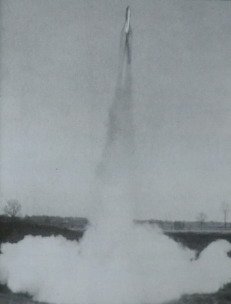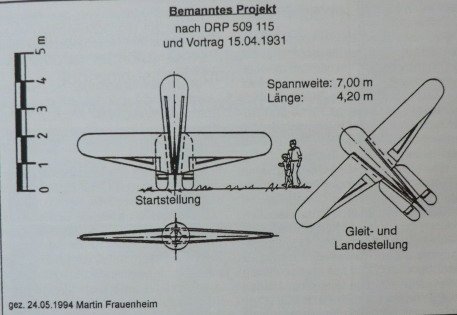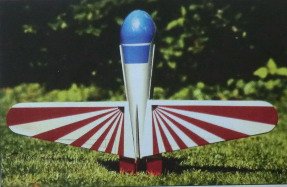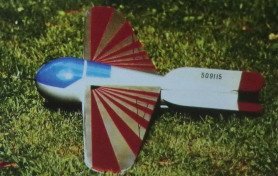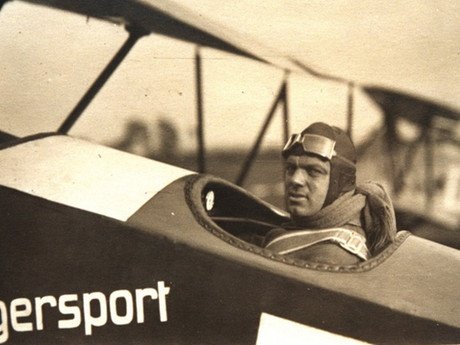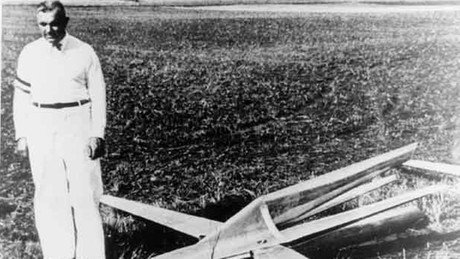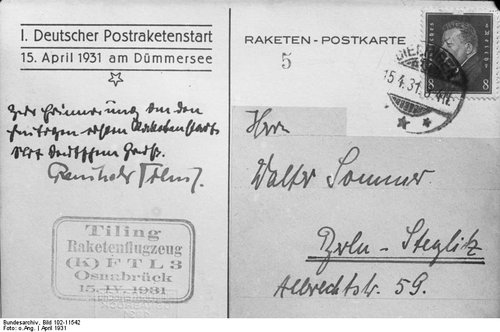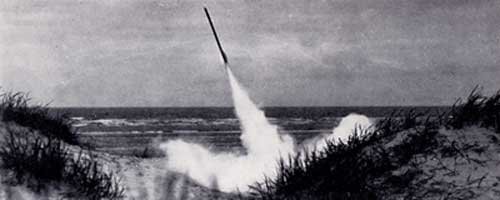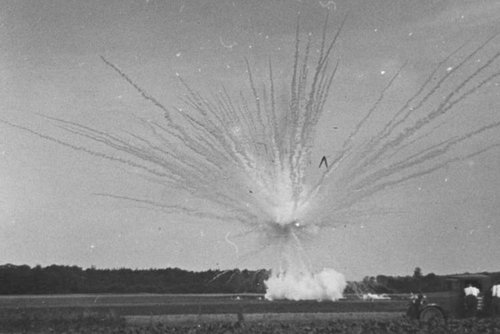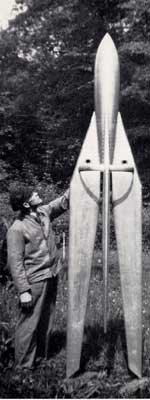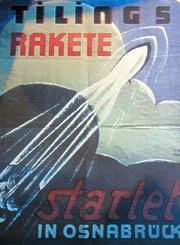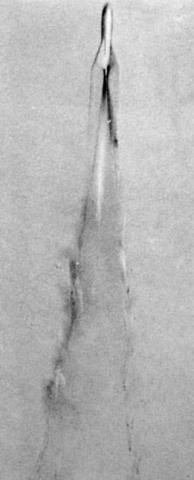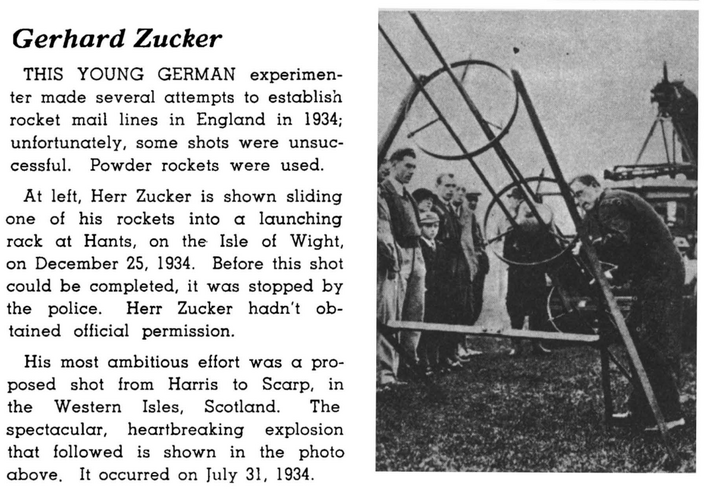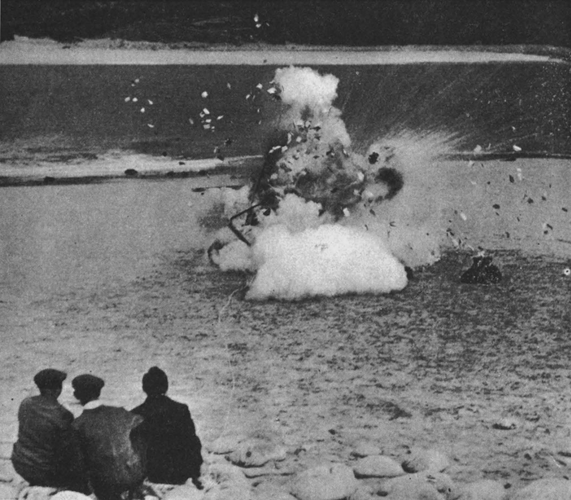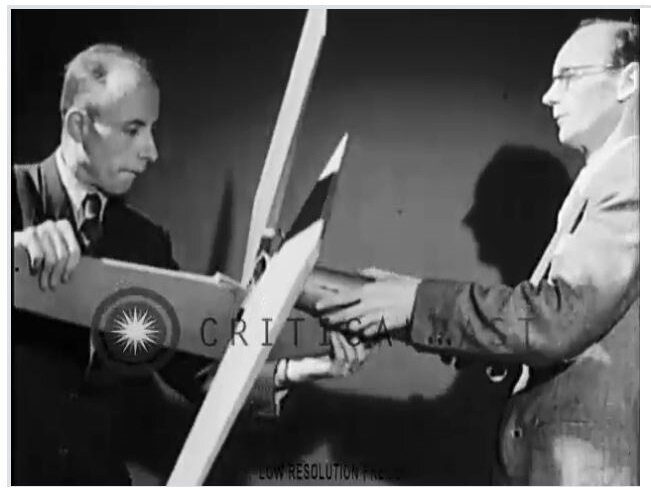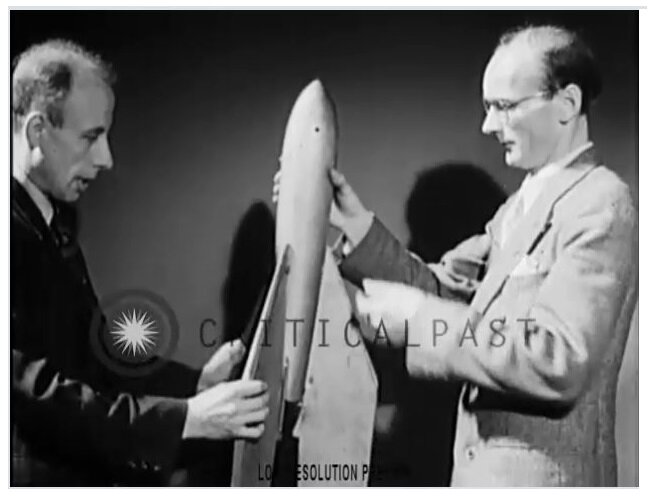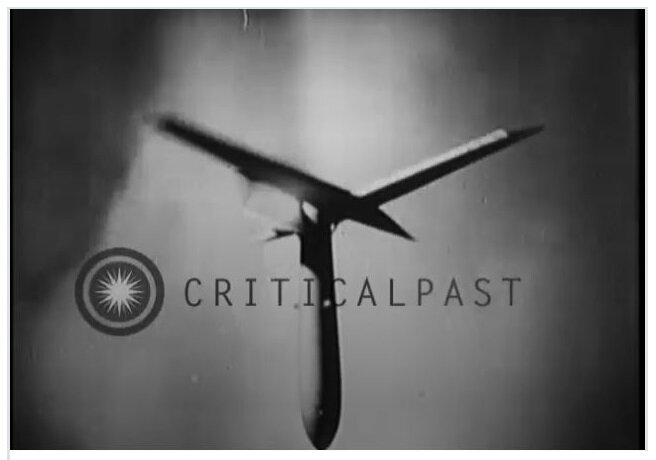- Joined
- 11 March 2006
- Messages
- 8,665
- Reaction score
- 3,524
Born in 1893 in Absberg / Germany, Reinhold Tiling had begun to work on rockets during 1924. For a safe landing
of his rockets, he developed the two techniques: The "Kreiselflugzeug" (Gyroplane), where the tailplane switched
to a kind of rotor after burn-out of the rocket engine, decelerating the descent. Reinhold Tiling filed a patent for this
method in 1929. The other technique used fold-out wings, forming the tail during ascent. Tiling built several rockets
of this kind, which were tested very succesfully (files 01 to 03). The next planned step was the construction of a manned version. At first he proposed just a bigger version of his earlier constructions (length 8,00 m, span 13,00 m, file 04), whereas the next design featured not swing wings, but shiftable wings. in the rear position for take-off and in the forward position for gliding back (file 05, files 06 and 07 are showing a model built by Martin Fraunheim).
On the 11th of October 1933 Reinhold Tiling died in an accident, when filling one of his powder rockets.
(Photos and information from the Modell magazine, April 2013)
of his rockets, he developed the two techniques: The "Kreiselflugzeug" (Gyroplane), where the tailplane switched
to a kind of rotor after burn-out of the rocket engine, decelerating the descent. Reinhold Tiling filed a patent for this
method in 1929. The other technique used fold-out wings, forming the tail during ascent. Tiling built several rockets
of this kind, which were tested very succesfully (files 01 to 03). The next planned step was the construction of a manned version. At first he proposed just a bigger version of his earlier constructions (length 8,00 m, span 13,00 m, file 04), whereas the next design featured not swing wings, but shiftable wings. in the rear position for take-off and in the forward position for gliding back (file 05, files 06 and 07 are showing a model built by Martin Fraunheim).
On the 11th of October 1933 Reinhold Tiling died in an accident, when filling one of his powder rockets.
(Photos and information from the Modell magazine, April 2013)
Attachments
Last edited:


